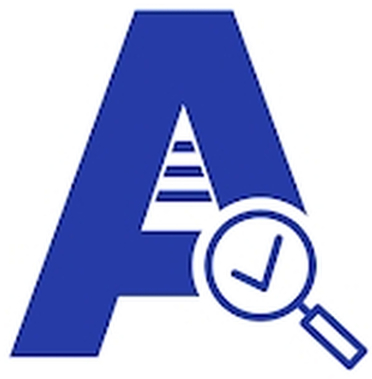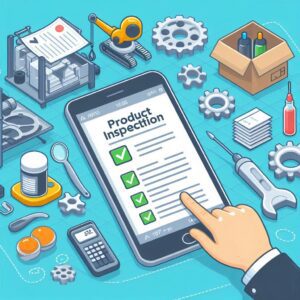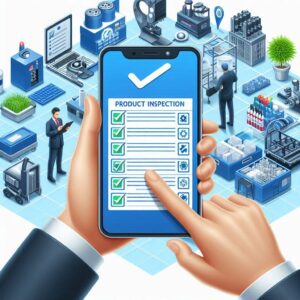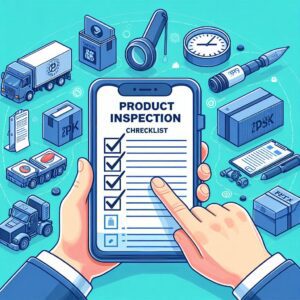Product Inspection Checklist
Creating a Product Inspection Checklist in eAuditor Audits & Inspections involves structuring your checklist to cover essential areas of inspection. Here’s a guide and example of what your checklist might look like:
eAuditor Audits & Inspections is a popular inspection app that helps teams conduct audits, inspections, and safety checks digitally. It is widely used in various industries like manufacturing, construction, and hospitality. eAuditor Audits & Inspections simplifies the process of creating checklists, gathering data, and generating reports in real-time, reducing paperwork and increasing efficiency. Here’s how it works in a product inspection context:
Steps to Use eAuditor Audits & Inspections for Product Inspection Checklist
- Create or Choose a Product Inspection Checklist Template
- eAuditor Audits & Inspections allows users to create custom checklists or use pre-built Product Inspection Checklist templates for different types of inspections. For product inspection, you can create a template tailored to your product’s quality standards, focusing on criteria like functionality, packaging, labeling, dimensions, and more.
- Perform the Inspection
- Inspectors can use mobile devices (tablets or smartphones) to access the checklist while physically inspecting the product. This can include checking measurements, defects, specifications, or compliance with the quality standards.
- Photos, videos, and notes can be attached directly to inspection items for more detailed documentation.
- Collect Data in Real-Time
- eAuditor Audits & Inspections enables real-time data collection. Any non-conformance or issue can be flagged, and reports can be generated instantly. This improves transparency and allows quick decision-making for corrective actions.
- Automated Reports
- After an inspection, eAuditor Audits & Inspections automatically generates reports in various formats (PDF, Excel, etc.). These reports can be shared with team members or external stakeholders instantly, streamlining communication.
- Data Analytics and Insights
- eAuditor Audits & Inspections provides analytics and dashboards to track trends over time. For product inspections, this feature helps in identifying recurring issues, assessing supplier performance, and improving product quality processes.
- Assign Actions
- If issues are found during an inspection, corrective actions can be assigned directly within eAuditor Audits & Inspections. This ensures accountability and follow-up until the issue is resolved.
Benefits of Using eAuditor Audits & Inspections for Product Inspection:
- Efficiency: Reduces time spent on paperwork and data entry.
- Accuracy: Ensures standardized inspection processes and reduces human errors.
- Visibility: Real-time data allows for better tracking and response to issues.
- Compliance: Helps maintain compliance with quality standards and regulations.
- Improved Communication: Centralized platform for sharing inspection results and reports.
Let me know if you’d like more details on any specific features or setup processes!



